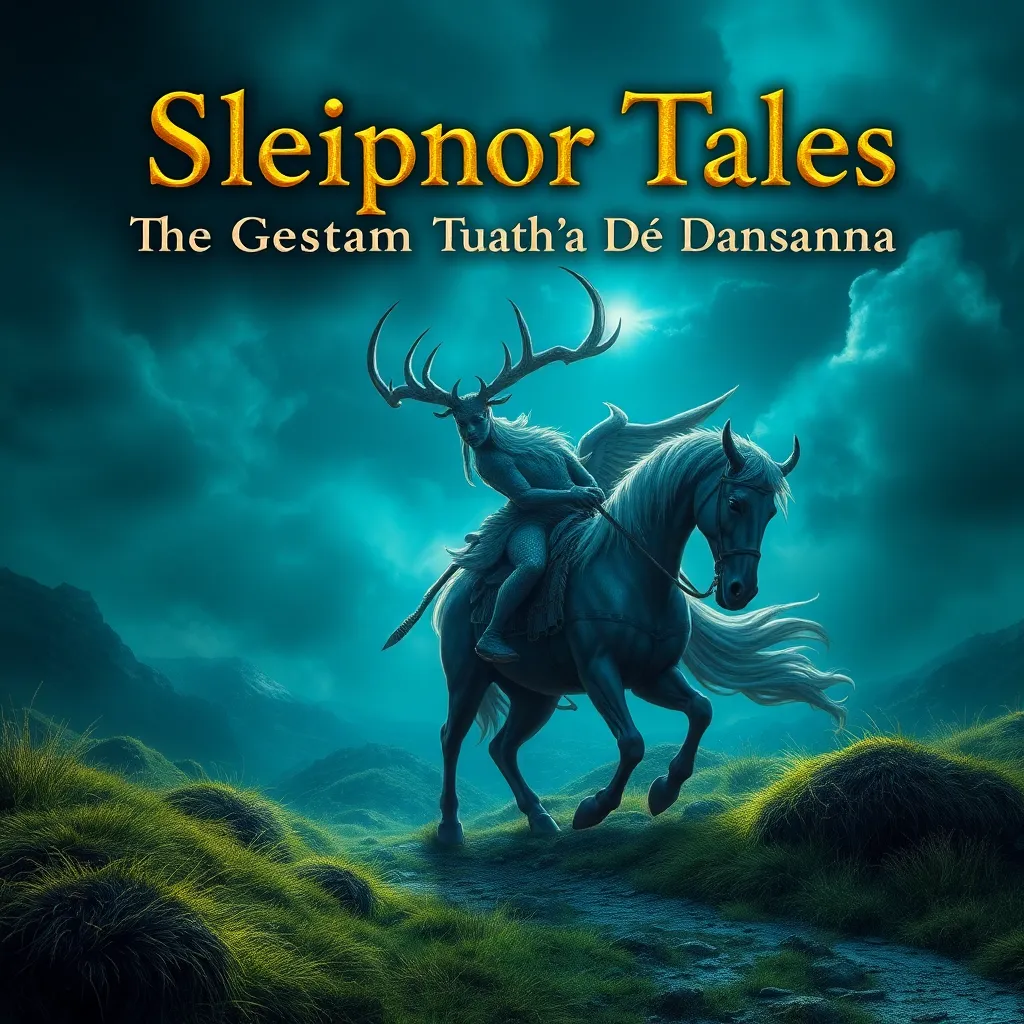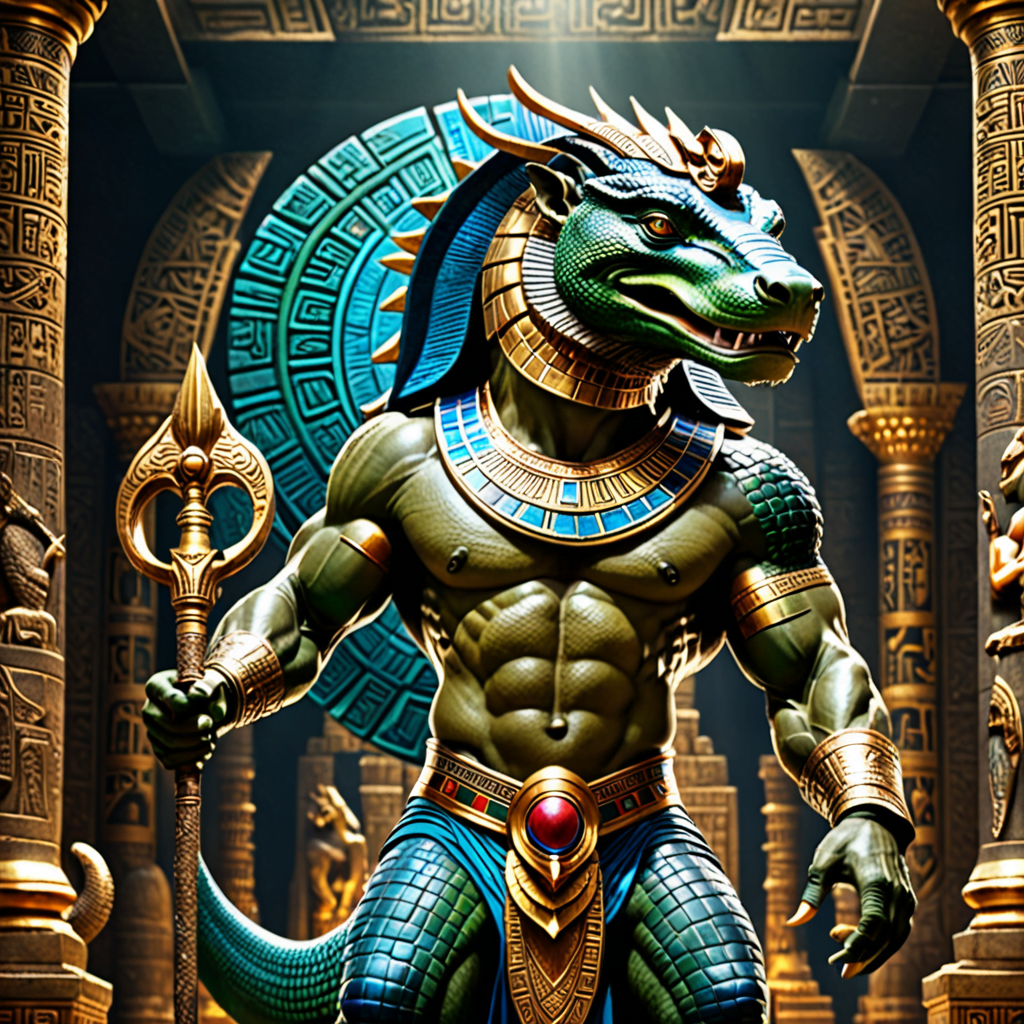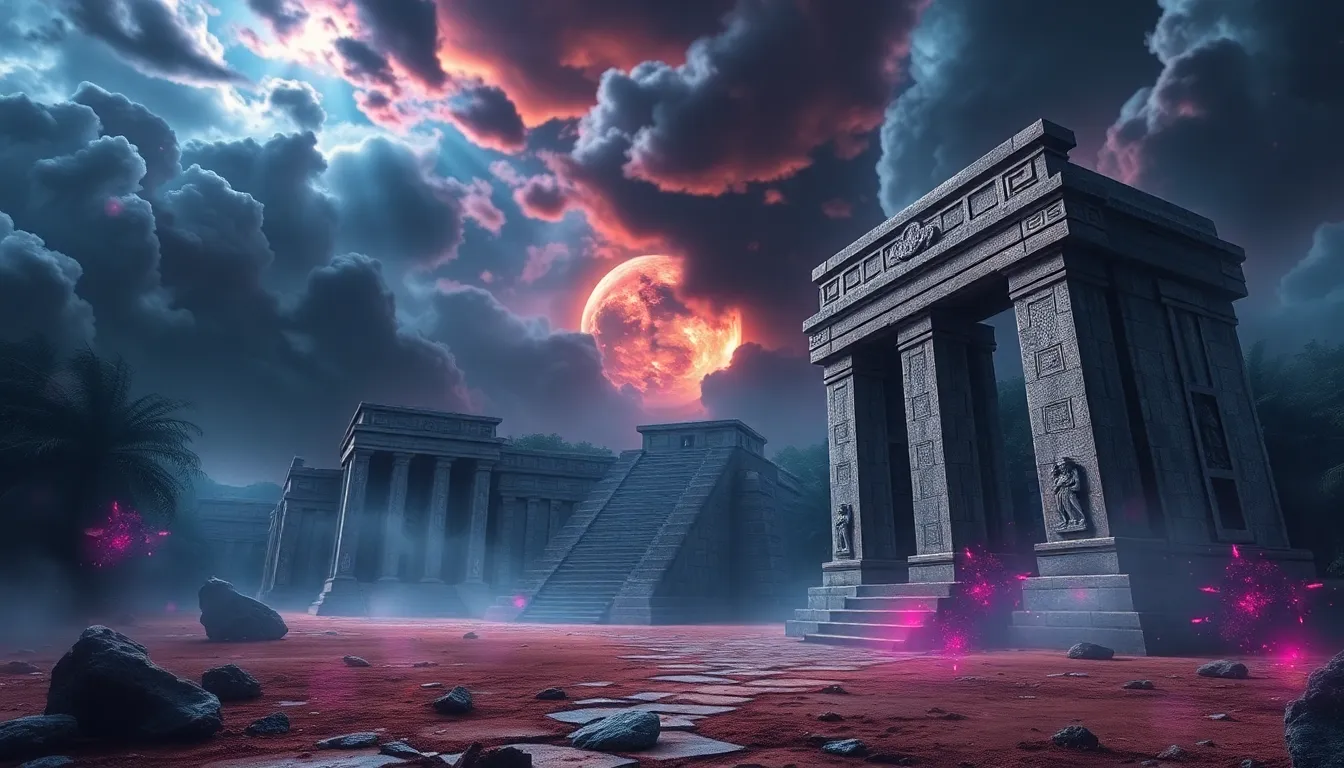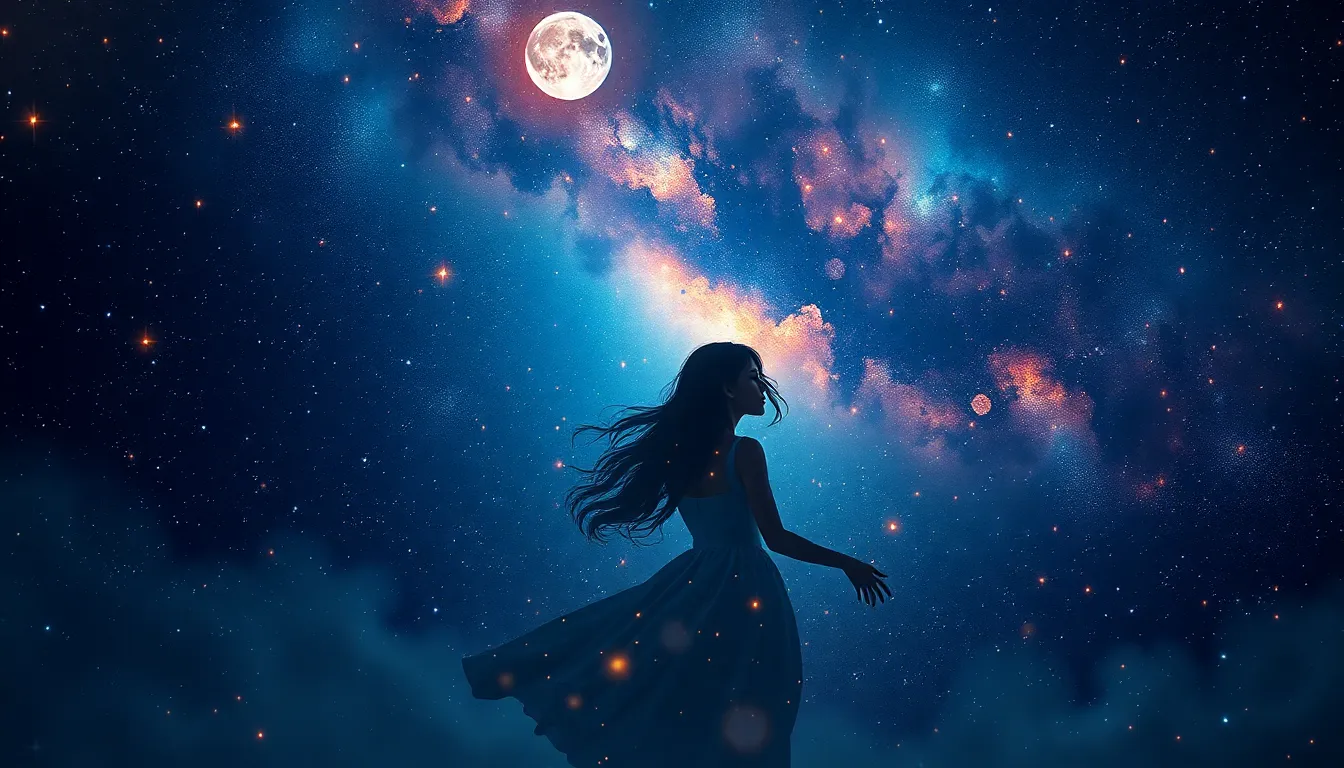Sleipnir Tales: The Celtic Myths of the Tuatha Dé Danann
I. Introduction to the Tuatha Dé Danann
The Tuatha Dé Danann, often referred to simply as the Tuatha, are a significant group in Celtic mythology, embodying the rich tapestry of ancient Irish legends. They are viewed as the divine race of supernatural beings who inhabited Ireland before the arrival of the Celts. The name translates to “the people of the goddess Danu,” which signifies their deep connection to the land and its spiritual heritage.
These beings are characterized by their exceptional skills and attributes, such as mastery in arts, warfare, and magic. The Tuatha Dé Danann have left an indelible mark on Irish culture, influencing folklore, literature, and even religious practices.
II. Origins of the Tuatha Dé Danann
The origins of the Tuatha Dé Danann can be traced back to a blend of historical context and geographical connections. They are often considered to have emerged from the mystical realms of the ancient world, possibly linked to the mythological narratives of other Celtic tribes.
According to legend, the Tuatha Dé Danann arrived in Ireland from the four great cities: Falias, Goria, Findias, and Muirias. Each city was known for its unique gifts and knowledge, which the Tuatha brought to the Irish land. Their arrival was marked by a fierce storm and an aura of magic, establishing them as formidable beings who would reshape Ireland’s destiny.
III. Key Figures of the Tuatha Dé Danann
Among the many notable figures in the Tuatha Dé Danann, three stand out for their profound influence in mythology and culture:
- Dagda: Known as the “Good God,” Dagda was a father figure and protector of the Tuatha. He wielded a magical club that could kill foes and revive the dead, symbolizing his dominion over life and death.
- Brigid: The goddess of fertility, healing, and poetry, Brigid is one of the most revered figures in Celtic mythology. Associated with the hearth and home, she embodies nurturing and creativity, making her a central figure in various mythological tales.
- Lugh: A warrior and master of skills, Lugh is celebrated for his proficiency in arts and combat. He is often depicted as a hero who led the Tuatha in battle, symbolizing the valor and intelligence of the divine race.
IV. The Great Battles and Conflicts
The saga of the Tuatha Dé Danann is punctuated by epic battles, most notably the Battle of Moytura. This legendary conflict occurred between the Tuatha and their rivals, the Fomorians, a group of monstrous beings representing chaos and darkness.
The Battle of Moytura is significant not only for its dramatic narrative but also for its themes of good versus evil. It symbolizes the struggle for control over the land and the natural order, embodying the eternal conflict between civilization and chaos.
The rivalry with the Fomorians had profound implications for Irish mythology, shaping the landscape of divine and mortal interactions. The victories and defeats in these battles influenced the cultural identity of the Irish people and established the moral framework of their mythology.
V. The Magical Artifacts of the Tuatha Dé Danann
The Tuatha Dé Danann are also renowned for their magical artifacts, often referred to as the Four Treasures:
- The Lia Fáil (Stone of Destiny): This stone was believed to roar when the rightful king of Ireland stood upon it.
- The Sword of Light: This sword was said to ensure victory in battle and had the power to behead foes in a single strike.
- The Cauldron of Plenty: A magical cauldron that provided endless nourishment and sustenance.
- The Spear of Destiny: This spear was known to never miss its target and would bring victory to its wielder.
These artifacts not only symbolize the extraordinary powers of the Tuatha Dé Danann but also serve as metaphors for the values and beliefs of the ancient Irish society. Their lore continues to resonate within Irish culture, emphasizing themes of power, justice, and the sacredness of the land.
VI. The Legacy of the Tuatha Dé Danann
The Tuatha Dé Danann’s legacy extends far beyond their mythological narratives. They have fundamentally influenced later Irish folklore, shaping the stories and characters that populate the rich tapestry of Celtic lore.
Modern interpretations of the Tuatha can be seen in various forms of art, literature, and even in contemporary spirituality. The fascination with these ancient beings continues to inspire writers, artists, and scholars, highlighting their relevance in understanding Irish culture.
VII. The Tuatha Dé Danann in Contemporary Culture
In recent years, there has been a resurgence of interest in Celtic mythology and the Tuatha Dé Danann. They appear in various forms of contemporary culture:
- Literature: Many authors have drawn upon the rich narratives of the Tuatha, weaving their stories into modern fantasy novels and poetry.
- Film: The Tuatha have been depicted in films and television shows that explore themes of magic and ancient history.
- Art: Artists continue to reinterpret the imagery and symbolism of the Tuatha, creating works that celebrate their mythical legacy.
This renewed interest reflects a broader cultural movement towards exploring ancient traditions and their relevance in today’s world.
VIII. Conclusion
In summary, the Tuatha Dé Danann hold a central place in Celtic mythology, embodying the intricate relationship between the divine and the earthly. Their stories, attributes, and conflicts offer profound insights into the values and beliefs of ancient Irish society.
As we continue to explore and reinterpret these legends, the enduring legacy of the Tuatha Dé Danann remains a vital part of our cultural heritage, reminding us of the timeless human fascination with myth, magic, and the mysteries of existence.




